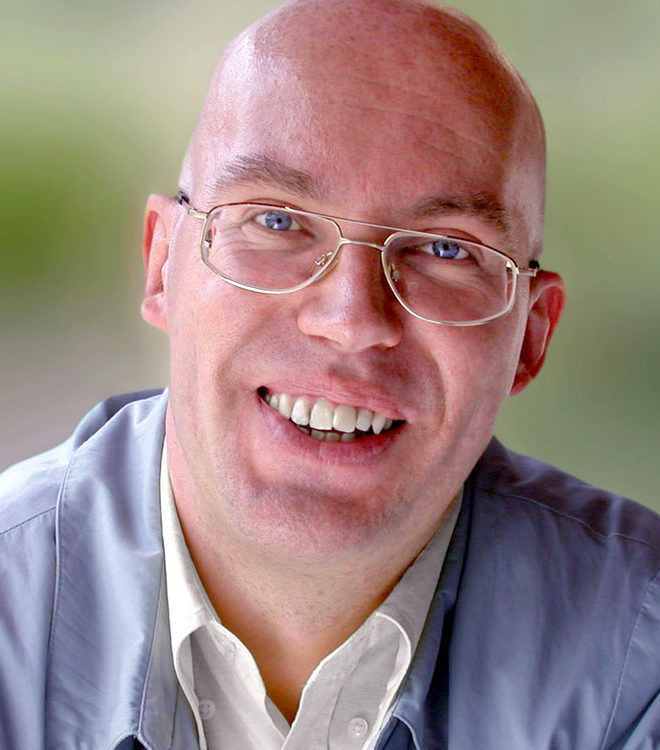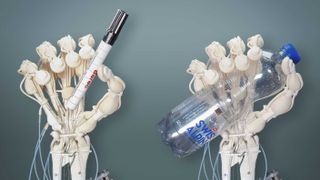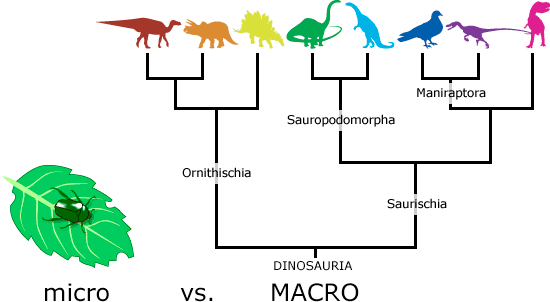OrthoID: profiling dynamic proteomes through time and space using mutually orthogonal chemical tools
Ara Lee, Gihyun Sung, Sanghee Shin, Song-Yi Lee, Jaehwan Sim, Truong Thi My Nhung, Tran Diem Nghi, Sang Ki Park, Ponnusamy Pon Sathieshkumar, Imkyeung Kang, Ji Young Mun, Jong-Seo Kim, Hyun-Woo Rhee, Kyeng Min Park & Kimoon Kim
Nature Communications 15, Article number: 1851 (2024)
Fig. 1: Schematic description of the protein labeling and identification process (OrthoID).
Abstract
Identifying proteins at organelle contact sites, such as mitochondria-associated endoplasmic reticulum membranes (MAM), is essential for understanding vital cellular processes, yet challenging due to their dynamic nature. Here we report “OrthoID”, a proteomic method utilizing engineered enzymes, TurboID and APEX2, for the biotinylation (Bt) and adamantylation (Ad) of proteins close to the mitochondria and endoplasmic reticulum (ER), respectively, in conjunction with high-affinity binding pairs, streptavidin-biotin (SA-Bt) and cucurbit[7]uril-adamantane (CB[7]-Ad), for selective orthogonal enrichment of Bt- and Ad-labeled proteins. This approach effectively identifies protein candidates associated with the ER-mitochondria contact, including LRC59, whose roles at the contact site were—to the best of our knowledge—previously unknown, and tracks multiple protein sets undergoing structural and locational changes at MAM during mitophagy. These findings demonstrate that OrthoID could be a powerful proteomics tool for the identification and analysis of spatiotemporal proteins at organelle contact sites and revealing their dynamic behaviors in vital cellular processes.
FREE PDF GRATIS: Nature Communications Sup. Info. Peer Review File



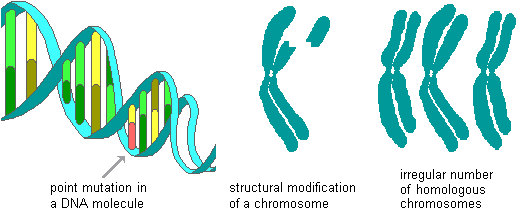

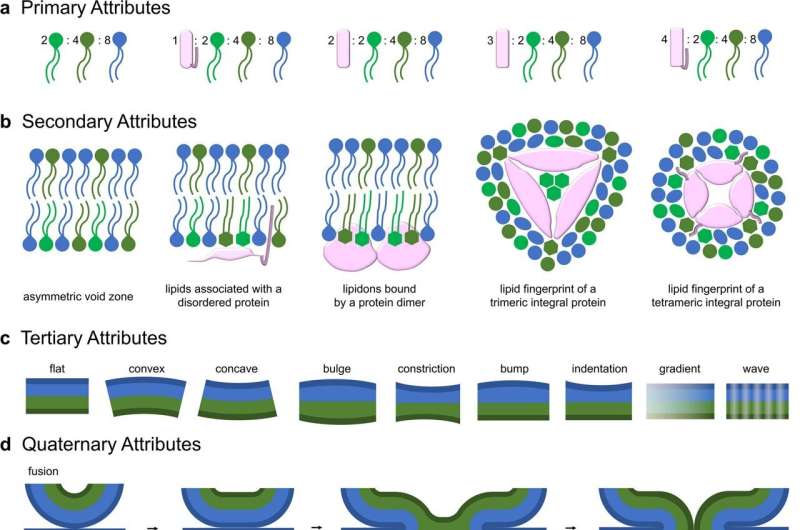
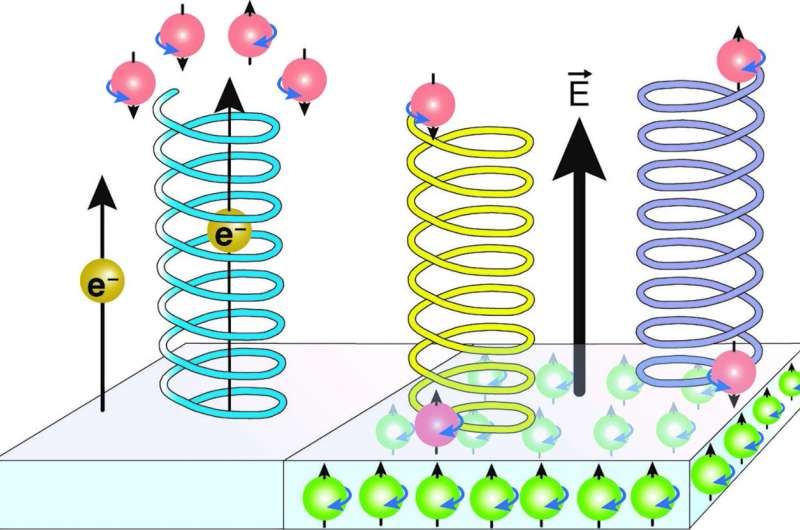
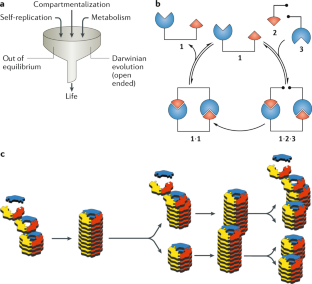



/https://tf-cmsv2-smithsonianmag-media.s3.amazonaws.com/filer/5b/7a/5b7af6d1-cb60-40fe-bb4d-853c7ccbfd26/yellowstone.jpg)





